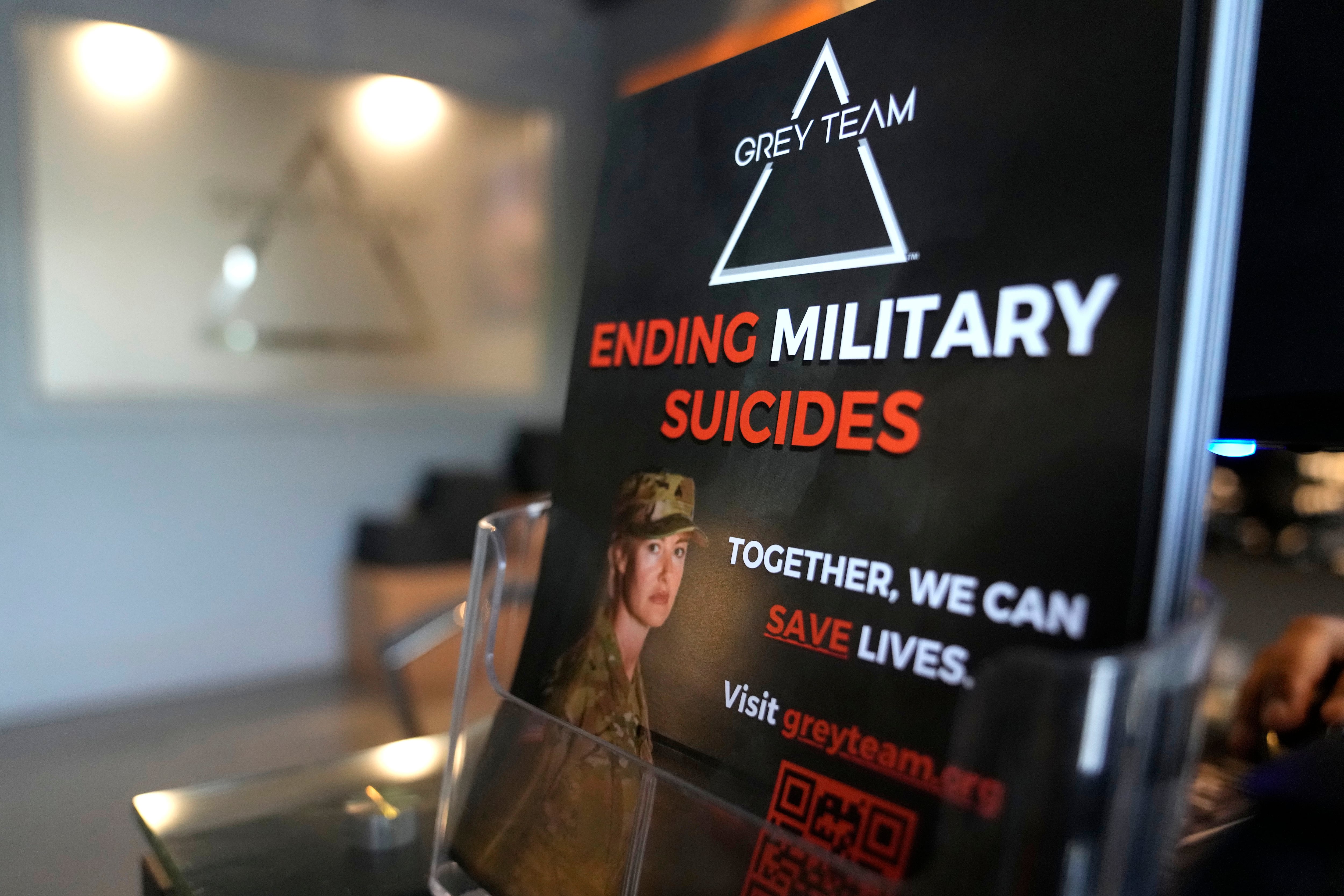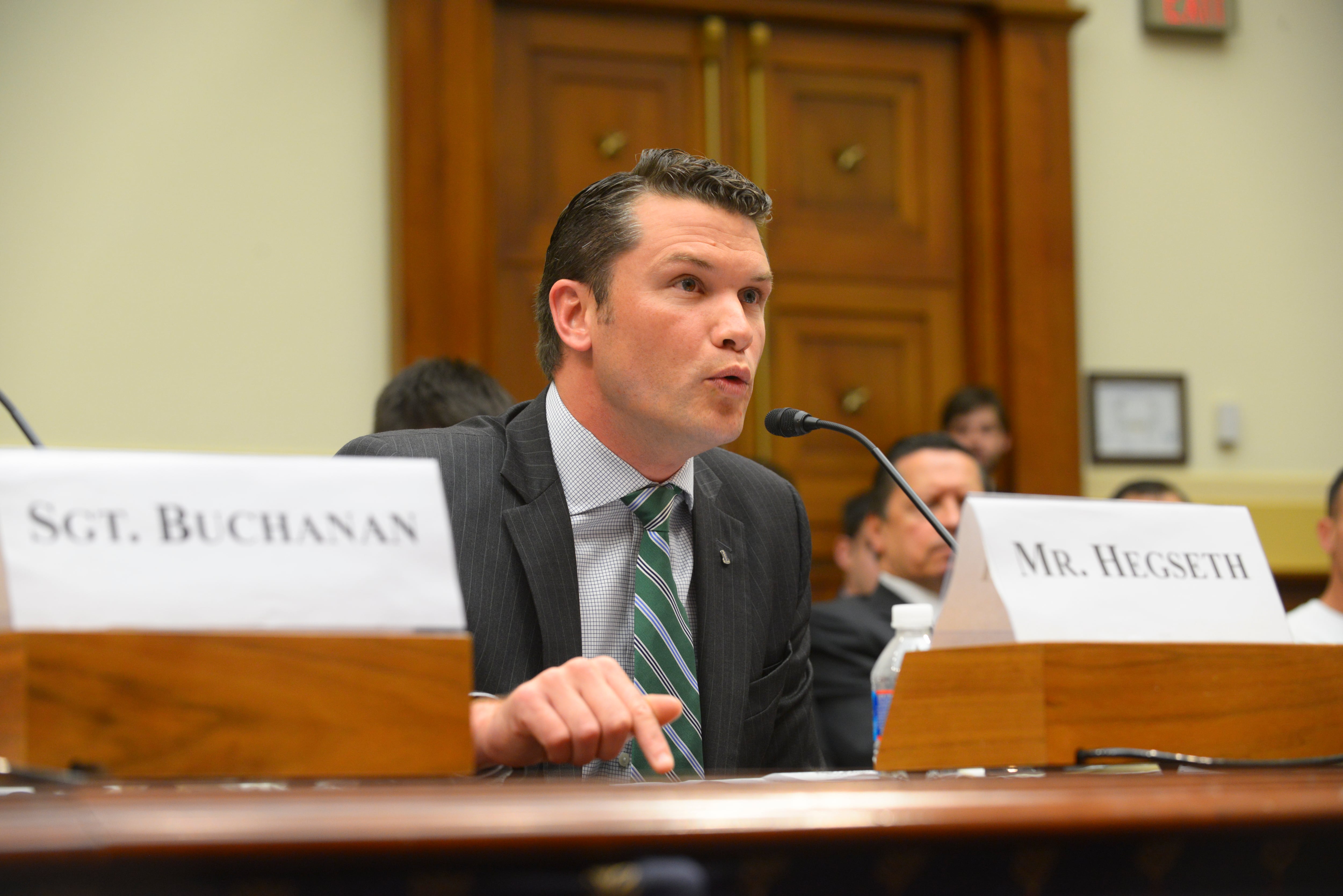Twelve F-22 Raptors are taking a break from the Alaskan winter to spend three weeks Down Under, training with the Royal Australian Air Force.
About 200 airmen with the 90th Fighter Squadron at Joint Base Elmendorf-Richardson will conduct exercises and training missions at Royal Australian Air Force Base Tindal in the Northern Territory.
The three-week rotation is part of the Enhanced Air Cooperation Initiative, which was created in 2011 to provide an opportunity for more collaboration between the two countries' air forces. It's the Air Force equivalent to Marine Rotational Force-Darwin, a Marine air-ground task force that trains a few hours northwest of Tindal.
The 12 jets flew to Australia in stages, arriving between Feb. 10 and Feb. 14 to join Australia's No. 75 Squadron, which flies F/A-18 Hornet fighters out of Tindal. Along with the fighter jets from Alaska, there were two KC-135 refueling tankers from the Nebraska National Guard.
"This is the first time [the F-22s] have conducted in-depth training with Australian counterparts," Brig. Gen. Craig Wills, director of strategy, plans and programs for PACAF, told Air Force Times on Tuesday.

The first of 12 U.S. Air Force F-22 Raptors arrive at Royal Australian Air Force Base Tindal on Friday. The F-22s deployed from Joint Base Elmendorf-Richardson, Alaska, to train with their Australian counterparts.
Photo Credit: Air Force
In addition to training with Australian F/A-18 pilots, they will work on integrated ground and air control with the RAAF's joint terminal attack controllers, who can call in airstrikes and coordinate close-air support missions.
"The opportunity to continue working on the fourth- and fifth-generation integration is really a great chance for us," he said.
Airmen will also train with Australia's E-7A Wedgetail, an early warning and control aircraft, Wills said. The Australian airmen, meanwhile, will be able to train with F-22s, which will help them prepare for the F-35s the RAAF will receive in 2018.
Group Captain Stewart Dowrie, the Royal Australian Air Force's liaison officer to PACAF, said they're very excited to train with the F-22s.
"It's a really important step in fifth-generation fighting," he said.
Australia has committed to 72 F-35s, and understanding fifth-gen technology in advance of their arrival, as well as being able to train on that technology with U.S. airmen, will give the Aussies a significant head start.
The RAAF will receive the next-generation fighter jets in 2018, with the first squadron expected to be operational in 2021. All 72 aircraft are set to be fully operational by 2023.
Wills said the Pacific is an important region, and the Enhanced Air Cooperation Initiative with Australia is just one part of the story.
"[The initiative] sends a powerful message to neighbors and allies that we're working together very closely and continuing to develop joint capabilities," he said. "It's very reassuring to the whole region."
The emphasis is on the people involved in the cooperation, will help the Aussies hit the ground running, Dowrie said.
"It's very easy to take nice pictures of fantastic aircraft and think that's what it's all about," he said. "The most important part is about the people — teaching people how to think, how to train and how to fight."
Charlsy Panzino covers the Guard and Reserve, training, technology, operations and features for Army Times and Air Force Times. Email her at cpanzino@militarytimes.com.
Charlsy is a Reporter and Engagement Manager for Military Times. Email her at cpanzino@militarytimes.com.





